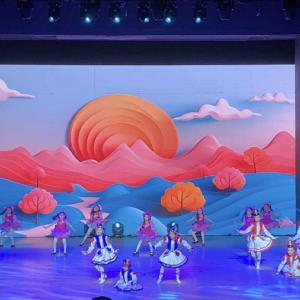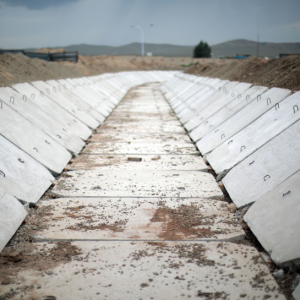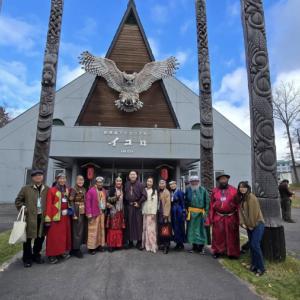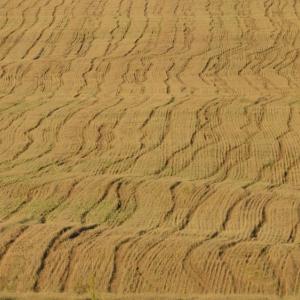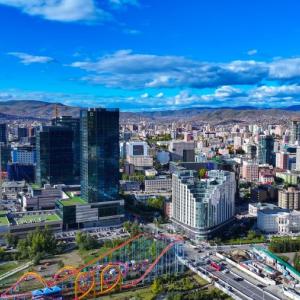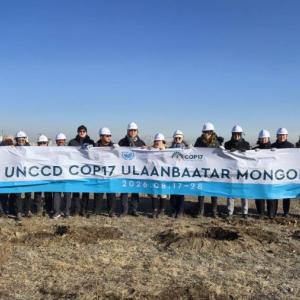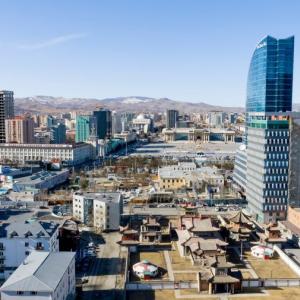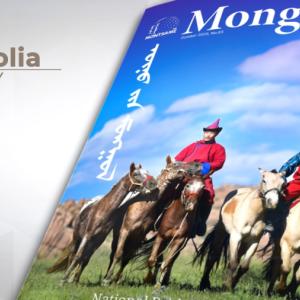Travel Note: Changing Face of the Gobi
Photo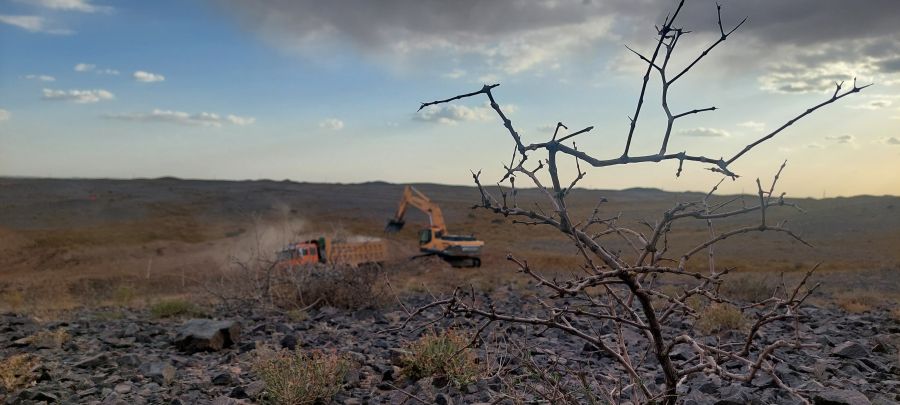
Ulaanbaatar, November 4, 2025 /MONTSAME/. Endless golden plains fading into the horizon, horses and camels wandering in the distance, a lone ger standing against the wind, dunes rolling like waves, a quiet lake or two glimmering under the sun, and the scent of wild onion (taana—Allium polyrhizum)—this is the image that rises in the mind of any Mongolian who longs for the Gobi, or of any traveler who has crossed its vast expanse.
In early October, I journeyed into the Gobi—far south, to the land we call Umnugobi. Once you leave Ulaanbaatar behind and continue driving for hours, the world outside your window transforms into shades of gold, beige, and brown, punctuated by a timid brush of green that eventually fades into a distant blue. Along the way, cattle and horses appear, sheep and goats scatter, and camels move slowly.
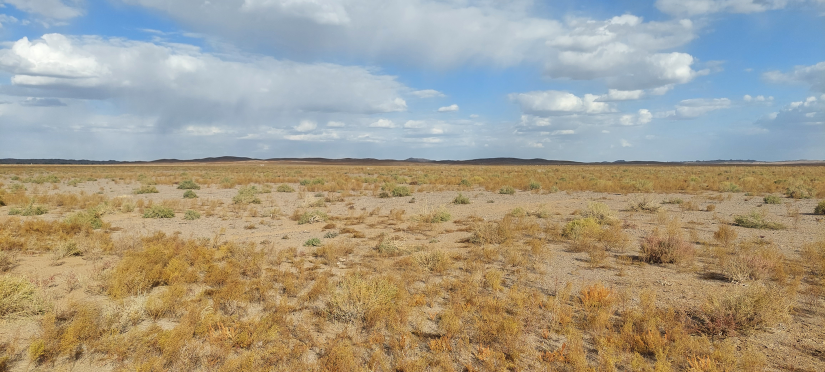
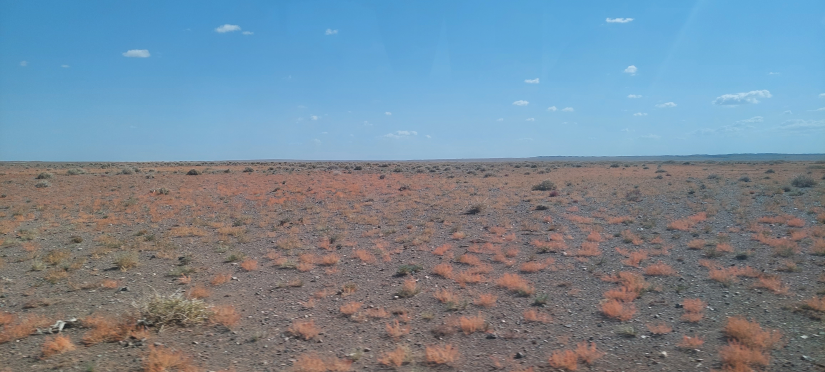

But the roadside tells a different story—one of careless hands. Brightly colored scraps of trash—glass, cans, paper— scatter along long sections of the highway, marring the natural beauty of the steppe. It stretches on for far too long.
Because of road construction, our bus turned onto a dirt road. It raised clouds of dust, but at least the earth road was firm and smooth—no sharp jolts, only the quiet rhythm of travel. Away from the main road, the land was clean again, unspoiled. The absence of roadside litter in the areas came as a relief. Further along, the flat yellow steppe gave way—here and there by the roadside—to small mounds covered in low shrubs.


We returned to the paved road, and the bus picked up speed. Yet just ahead, another stretch of road was under construction—piles of earth stood like small hills, storm drains were being laid, and heavy machinery moved in and out of view.
Massive trucks thundered past, their roar shaking the bus. Out the window on the opposite side, I saw parallel dirt roads running beside the highway, another faint track beyond that, and far off, a jeep raising a plume of dust. Not far from the road stood gers and small houses; dark patches scarred the earth around them.
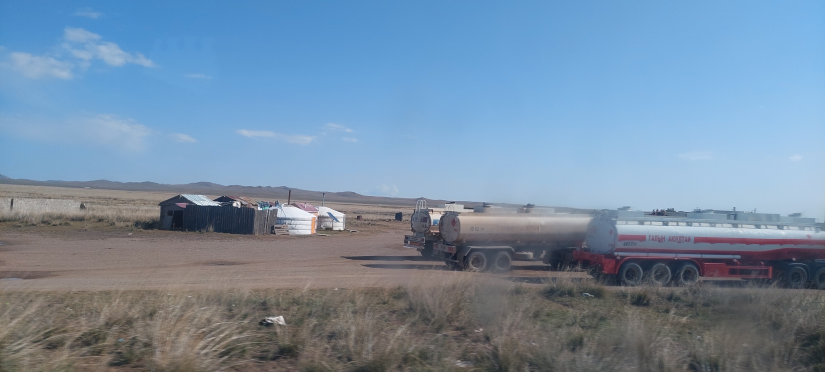



In the distance, a shadowy mass rose from the horizon. There was no doubt—this was a mining site. Rows of power lines and steel towers, tall and skeletal, extended across the steppe toward the mines. Our bus shook again as a massive truck hauling two long shipping containers thundered past, close enough to rattle the bones.
These colossal trucks grew in number as we continued. Those hurtling toward us in the opposite lane threatened to sweep us off the road, while those in our lane blocked the way ahead, slowing our progress. It was a clear sign that we had entered the coal transport road—and had already traveled more than half our journey along it. The only way forward was to gamble between these steel beasts, darting past one before another thundered down upon us.

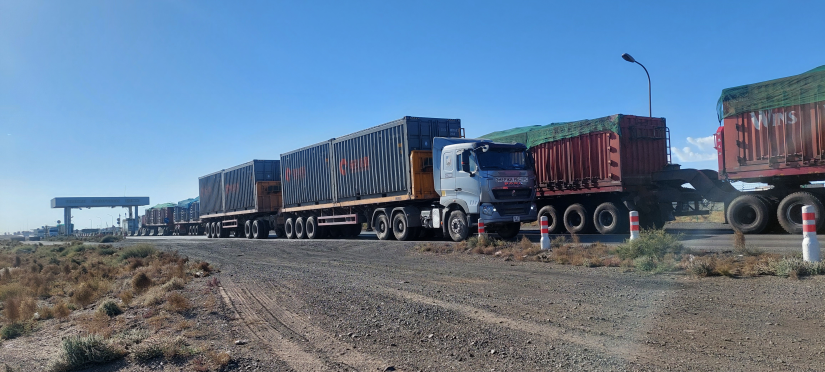

Though we had left early that morning, the road was long.
Eventually, daylight thinned and shadows thickened. Night crept over the
steppe. When we finally turned away from the coal road, our hearts eased—a sense of relief.
Soon, the glow of distant lights appeared—small at first, then brighter—twinkling like a field of stars fallen to earth. Khanbogd welcomed us.
Autumn in Khanbogd wears shades of gold, copper, orange, and earth. Dark red camels roam the plains in pairs, sometimes in herds. Brown rocky hills rise gently in the distance. And though many of us grew up with the memory of a single white ger standing in a sea of golden grass, that image is now hard to find here—perhaps not for tens, but for hundreds of kilometers around.
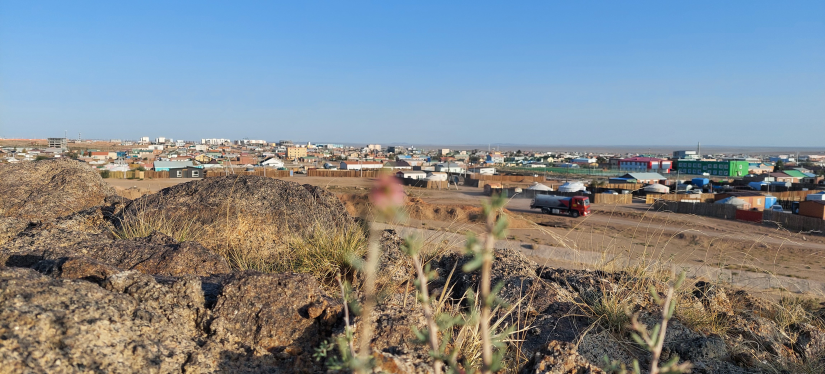
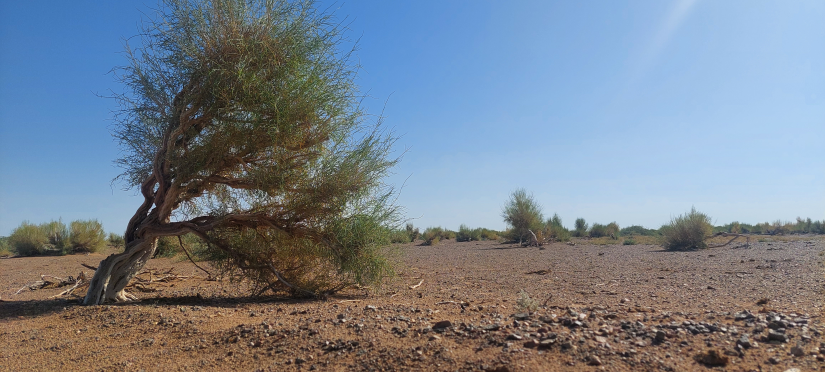

Instead, a pale gray landscape is creeping in—slowly but relentlessly. Tsagaan Khad, a name known to all, has become a place of dust. Everywhere you look—mounds of dirt, trenches, scarred hills, drilling machines, endless lines of coal trucks hauling containers back and forth. The land wears a cloak of ash-gray exhaustion.


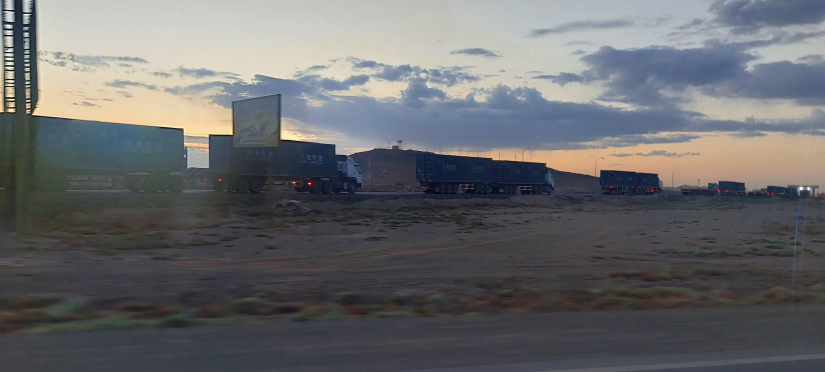
This is not only a matter of appearance. My fragile Gobi—how hollow has it become inside? How tired? How wounded? Even so, the hardy shrubs, even with their flowers, cling to life in the dust, twisted and stubborn as always. The two-humped camel and the khulan (wild ass) can go days without water, yet they still travel hundreds of kilometers in search of it. The Gobi still fights to live.
My golden Gobi—golden, copper, brown…
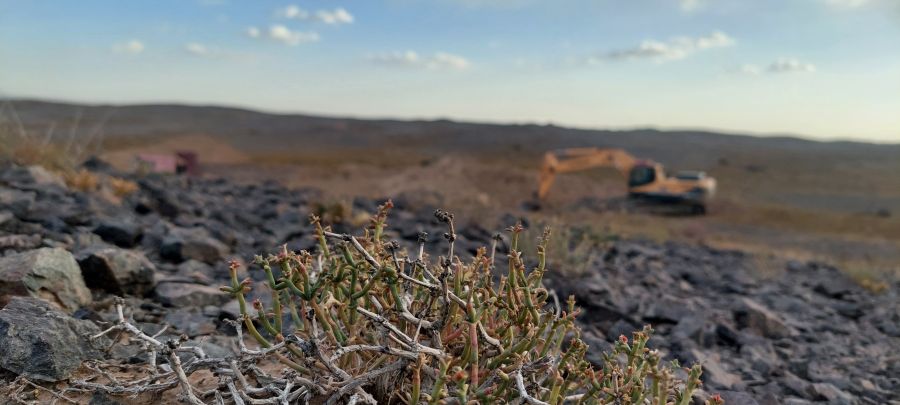
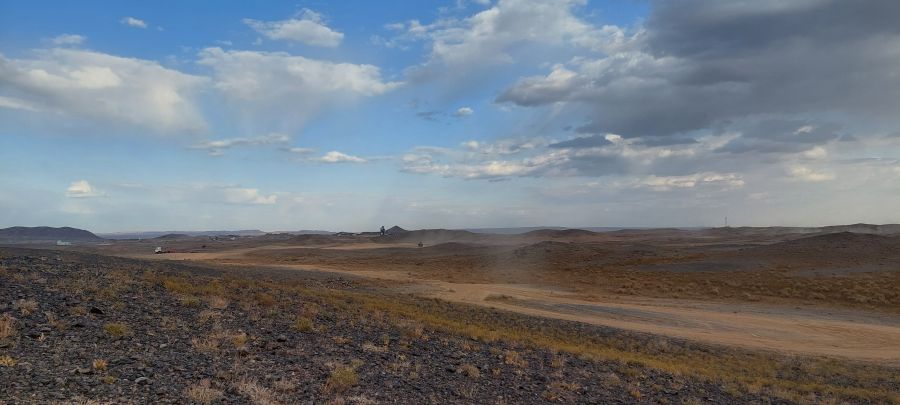
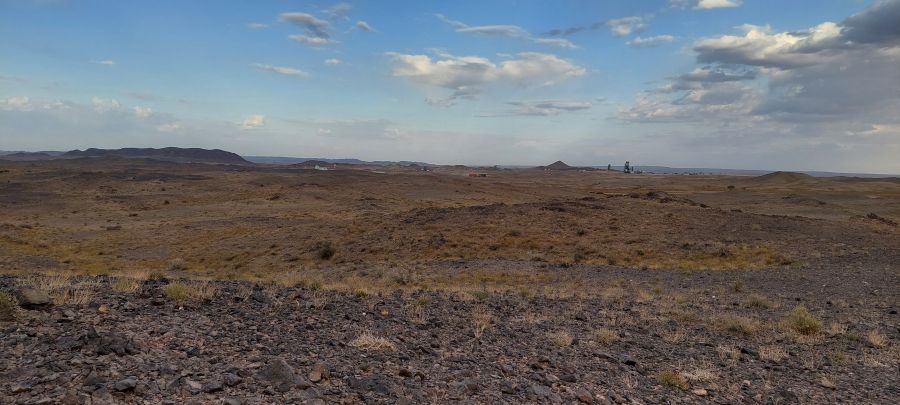
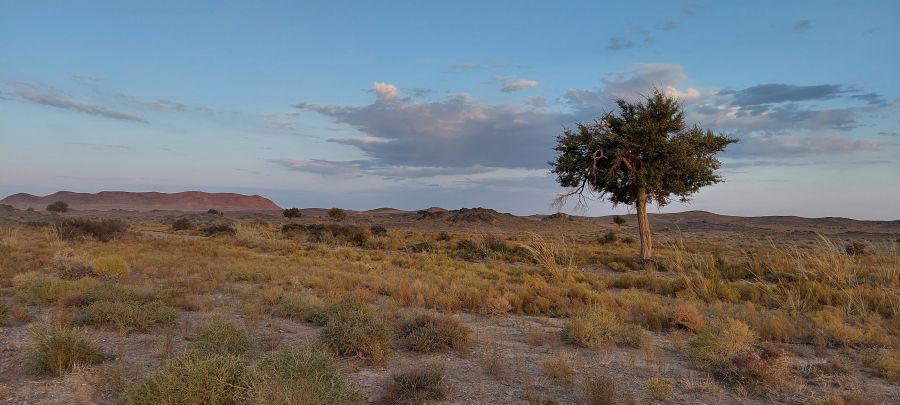
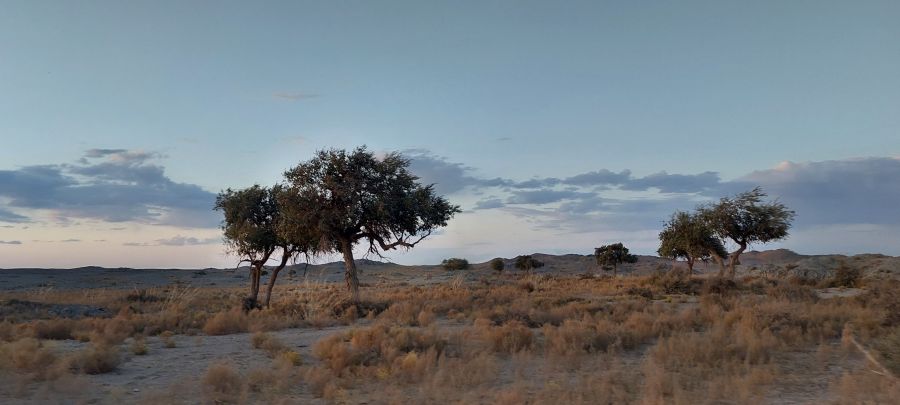

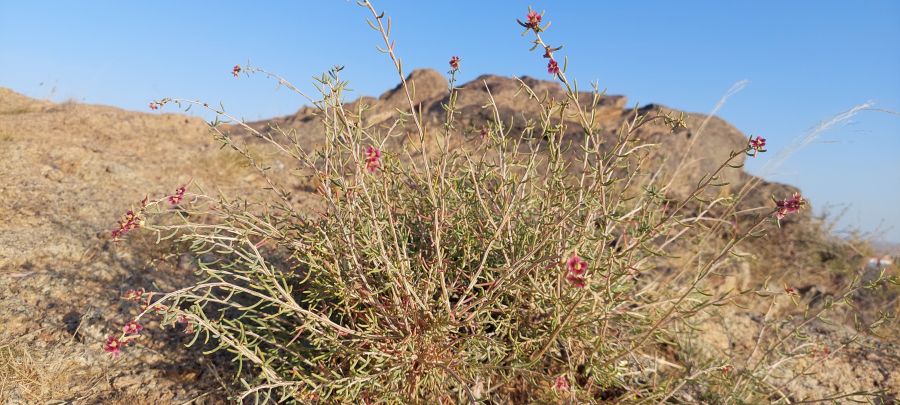

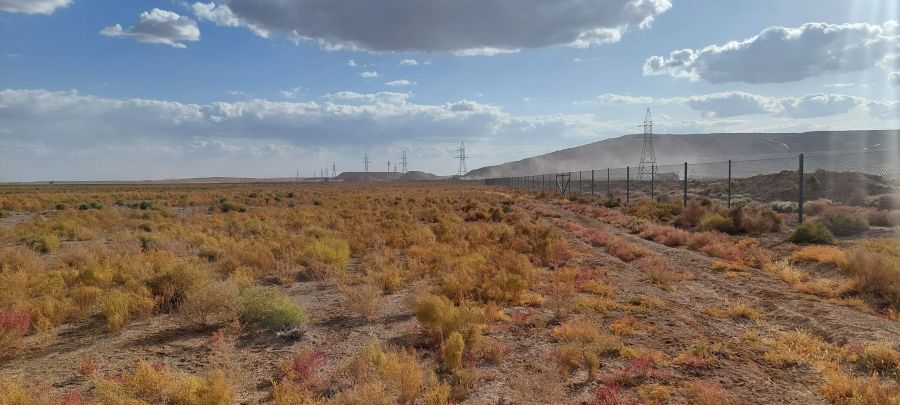
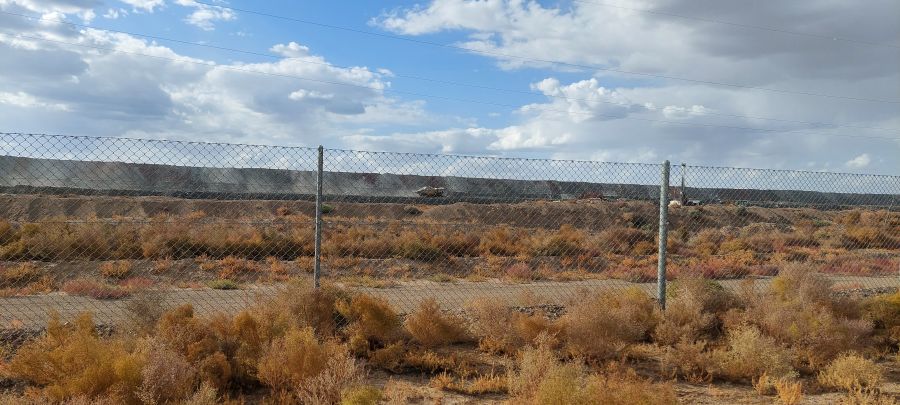
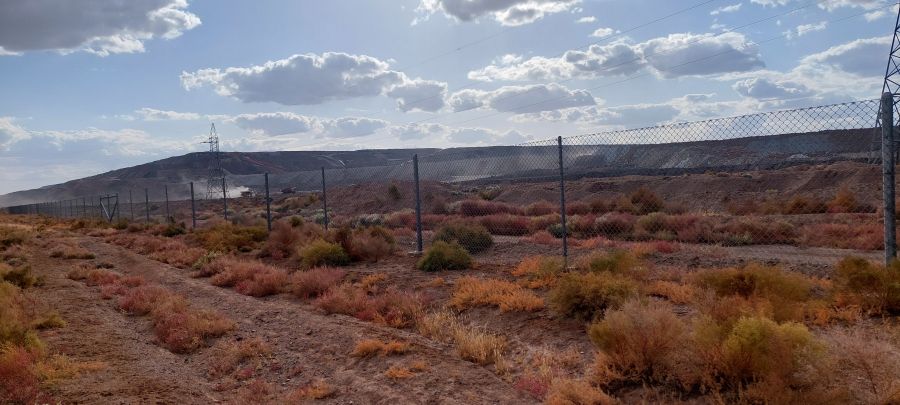
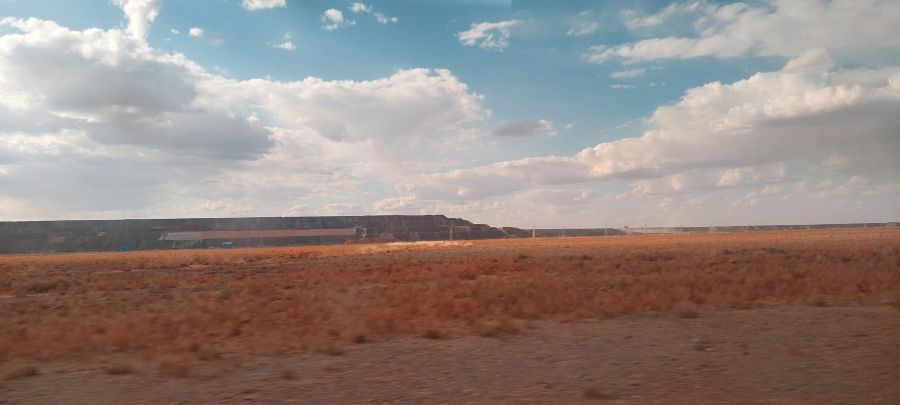
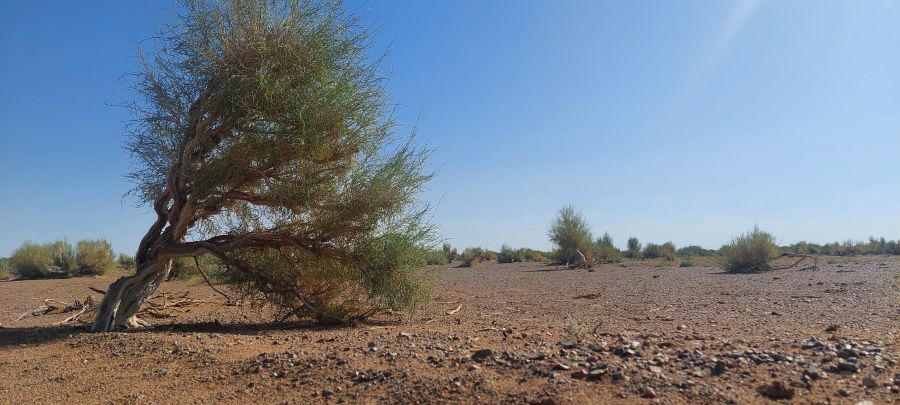


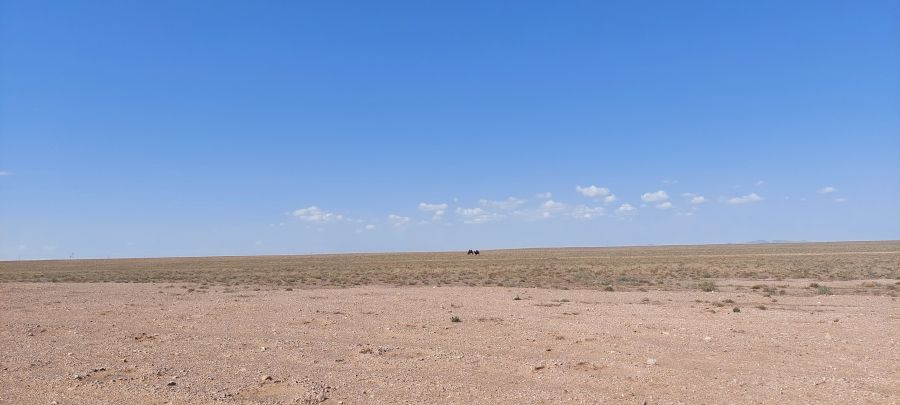
 Ulaanbaatar
Ulaanbaatar








